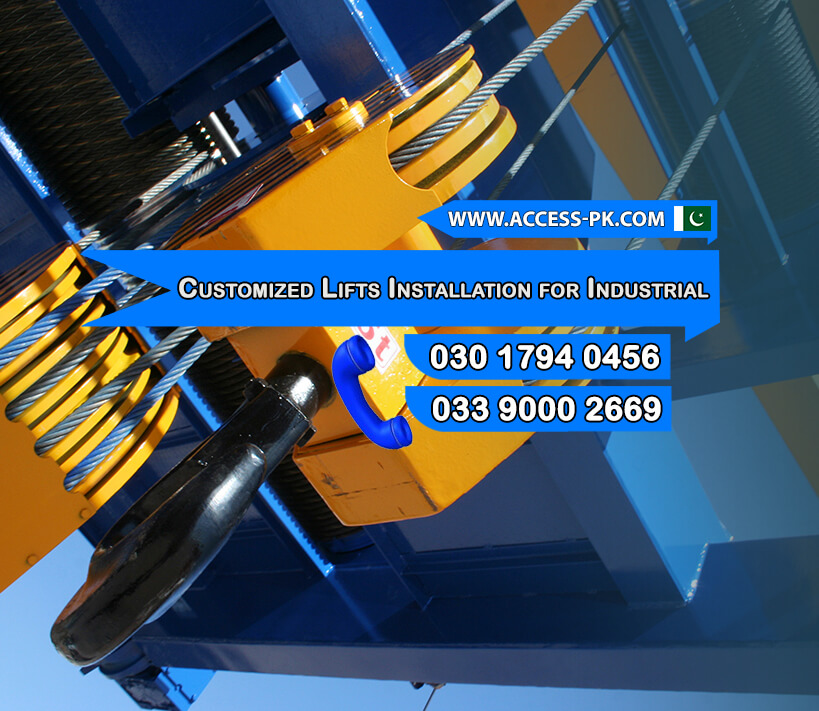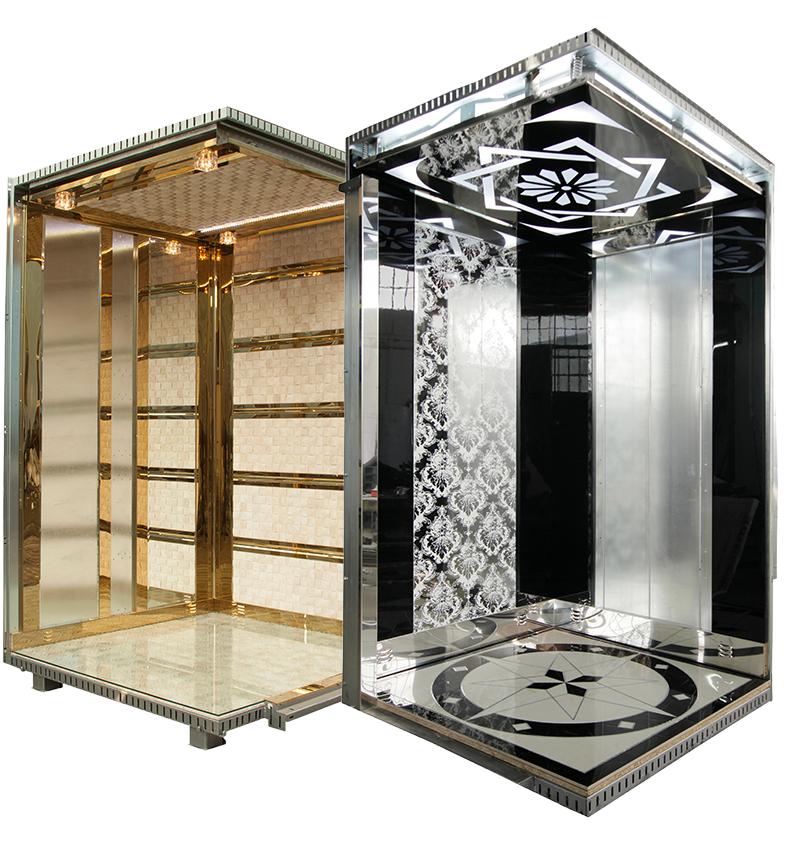Customized material lifts are essential for improving material handling in industrial and warehouse settings. Material lifts installation for industrial facilities ensures efficient vertical transportation of goods, optimized space utilization, and enhanced workplace safety. These lifts can be tailored to accommodate specific load capacities, platform dimensions, and lift heights, making them ideal for diverse operational needs. Each type serves a distinct purpose based on workflow requirements, from hydraulic and mechanical systems to scissor and vertical lift modules. Proper planning and professional installation ensure compliance with safety standards and increase the system’s longevity and reliability. With the right customized lift, warehouses can reduce manual labor, speed up operations, and maintain a safer, more productive environment.
Why Customized Material Lifts Are Essential for Modern Warehouses
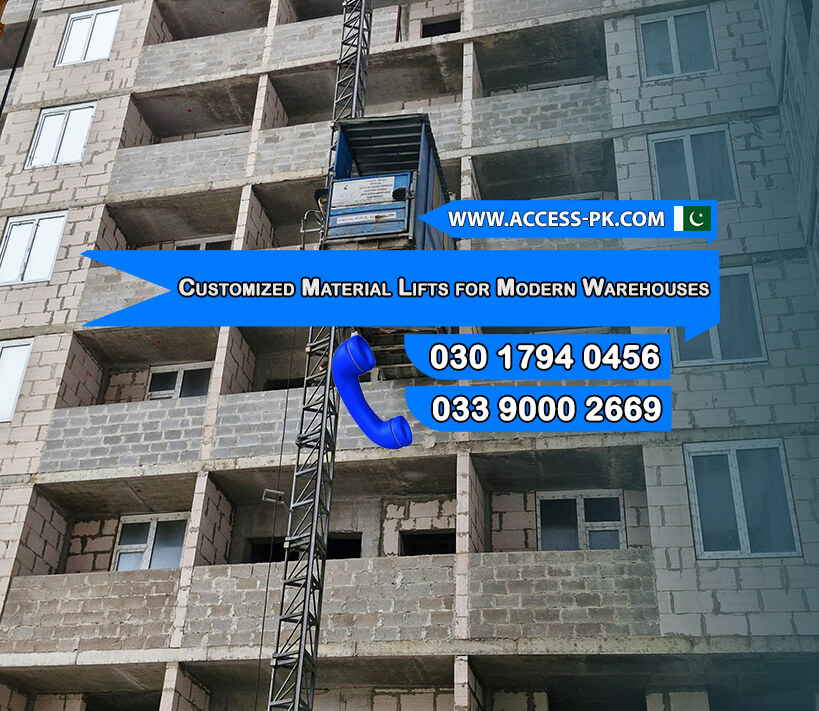
Customized material lifts are essential for modern warehouses because they streamline operations and adapt to specific handling needs. Unlike standard systems, they are tailored for unique load sizes, travel heights, and space constraints. This flexibility maximizes vertical storage, improves workflow efficiency, and enhances worker safety. By reducing manual lifting and minimizing delays in material movement, customized lifts help warehouses operate more productively. They also support automation and scalability, making them a smart investment for growing industrial environments.
What Are Customized Material Lifts
Customized material lifts are specialized lifting systems that meet the unique requirements of industrial and warehouse environments. Unlike standard models, you can tailor these lifts in terms of size, load capacity, lift height, and configuration to suit specific operational needs. Common types include Vertical Reciprocating Conveyors (VRCs) for multi-level transport, hydraulic lifts for heavy loads, scissor lifts for compact vertical movement, and mechanical chain-driven lifts for precise, high-frequency operations. Businesses use these systems to move materials such as pallets, crates, equipment, and inventory between floors or storage areas efficiently and safely. Customized material lifts improve productivity, reduce manual handling risks, and optimize vertical space usage. Their adaptability makes them a valuable solution for logistics, manufacturing, and warehouse facilities.
Why Customization Matters in Industrial Settings
Customization is vital in industrial settings where efficiency, safety, and space optimization are top priorities. Every facility has unique material handling needs based on layout, load types, and workflow processes. Standard lift systems often fail to address these requirements, leading to inefficiencies or safety risks. That’s why tailored solutions are essential—allowing for adjustments in platform size, lift height, weight capacity, and control systems. Material lifts installation for industrial operations must align precisely with the facility’s physical constraints and production demands. Custom-designed lifts improve operational flow, minimize downtime, and enhance worker safety by reducing manual handling in environments where every inch and second counts; customized material lifts ensure reliable, high-performance transport of goods, ultimately supporting productivity and long-term growth.
Types of Material Lifts Used in Warehouses
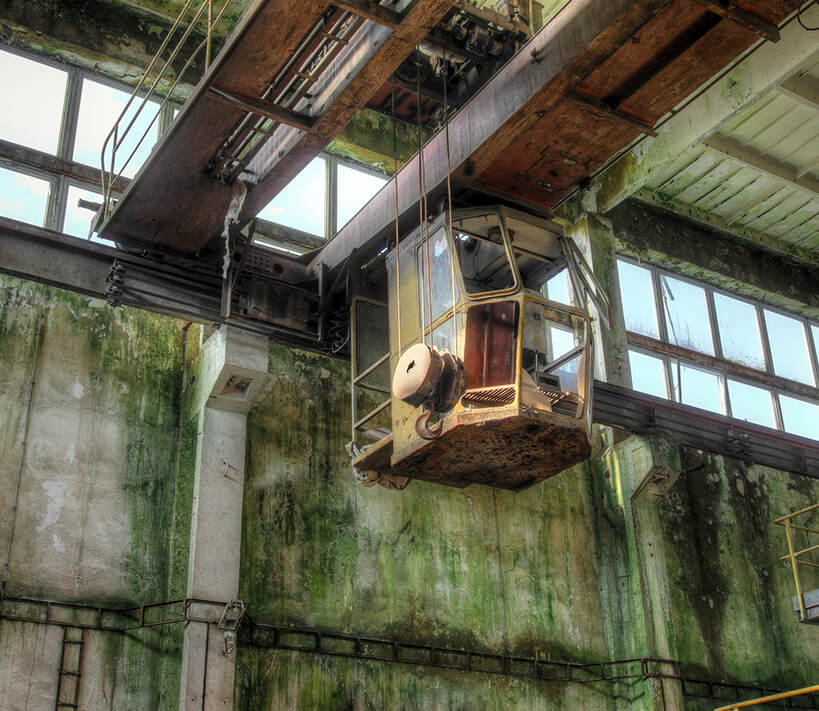
Material lifts are essential for warehouse operations, designed to move goods vertically and optimize space usage. These systems enhance efficiency, reduce manual labor, and support safe material handling. You can customize material lifts with design, capacity, and functionality variations to meet specific operational needs. Companies commonly use them to transport pallets, crates, and other heavy items between different facility levels. By installing the right lift type, warehouses can improve workflow, minimize downtime, and ensure a smoother, more productive logistics process.
1. Vertical Reciprocating Conveyors (VRCs)
These are specialized lifts designed for moving materials vertically between floors in industrial and warehouse settings
Features: VRCs are customizable for load size, capacity, and height. They use hydraulic or mechanical systems and include safety components like gates, enclosures, and interlocks for secure operation.
Cost: Prices range from $10,000 to over $50,000 depending on capacity, customization, and installation complexity. Basic models are more affordable, while high-capacity or multi-level systems are more expensive.
Use: used in warehouses, manufacturing plants, and distribution centers to move pallets, carts, or heavy materials between levels, VRCs improve safety, efficiency, and workflow by reducing manual lifting and reliance on forklifts or elevators.
2. Hydraulic Material Lifts
These are reliable solutions designed for the vertical movement of heavy loads in industrial settings.
Features: They offer strong lifting capacity, smooth operation, and customizable platforms, with built-in safety features like emergency stops and safety gates.
Cost: Depending on size, lift height, and capacity, costs typically range from $8,000 to $30,000.
Use: Widely used in factories and warehouses, material lifts installation for industrial applications enhances productivity by safely transporting goods between different levels.
3. Mechanical Chain-Driven Lifts
These are robust vertical lifting systems designed for heavy-duty industrial applications, ideal for transporting materials between multiple levels.
Features: These lifts operate using a chain drive mechanism, offering consistent and reliable performance. They support high load capacities, can be customized for different platform sizes and travel heights, and include essential safety features like mechanical locks, enclosures, and overload protection.
Cost: The typical cost ranges from $15,000 to $50,000+, depending on the lift’s size, load capacity, number of levels, and specific customization needs. Installation and site conditions may affect the final price.
Use: Ideal for warehouses, manufacturing plants, and distribution center, these lifts efficiently move pallets, machinery, and heavy goods vertically, reducing manual handling and improving overall material flow.
4. Scissor Lifts
Versatile lifting platforms used for vertical elevation in industrial, maintenance, and warehouse environments.
Features: They utilize a crisscrossing (scissor-like) mechanism for stable lifting, with options for electric or hydraulic power and include safety features like guardrails and emergency stops.
Cost: Prices typically range from $5,000 to $25,000 depending on size, lift height, and capacity.
Use: Commonly used for accessing high areas, loading docks, or moving goods, improve safety and operational efficiency.
5. Cantilever Lifts
These are powerful vertical lifting systems ideal for transporting heavy or oversized materials in industrial environments.
Features: These lifts have a platform supported on one side, allowing for open access on three sides—perfect for loading bulky items. They include safety features like interlocked gates, emergency stops, and load limit protection.
Cost: Typically ranges from $12,000 to $40,000+, depending on size, load capacity, and customization.
Use: Widely used in factories and warehouses, material lifts installation for industrial operations with cantilever lifts improves efficiency by moving goods safely between levels, especially in areas where space is tight or floor loading is limited.
6. Modular Platform Lifts
These are flexible lifting solutions designed for easy installation and customization in various industrial settings
Features: These lifts come in modular components, making them easy to transport, assemble, and adapt to specific space or load requirements. They offer smooth, quiet operation with safety features like emergency brakes and non-slip platforms.
Cost: Typically ranges from $10,000 to $30,000, depending on size, capacity, and configuration.
Use: Ideal for warehouses, factories, and mezzanine levels, they improve access and material handling efficiency.
7. Goods-Only Freight Elevators
These are heavy-duty elevators specifically designed to transport materials and goods without passengers in industrial and commercial facilities.
Features: These elevators are built for durability and high load capacity typically featuring reinforced cabins, heavy-duty doors, and automated controls. They include safety features such as overload sensors, interlocked gates, and emergency stop systems, ensuring reliable operation in tough environments.
Cost: Prices generally range from $20,000 to $100,000+, depending on load capacity, number of floors, shaft construction, and customization needs. Installation and site preparation can also impact the overall cost.
Use: Commonly used in warehouses, factories, retail stockrooms, and distribution centers, goods-only freight elevators streamline vertical material movement, reduce manual handling, and support efficient logistics operations in high-volume settings.
8. Automated Vertical Lift Modules (VLMs)
VLMs are high-tech storage and retrieval systems designed to maximize vertical space in industrial environments.
Features: VLMs use an automated inserter/extractor to deliver trays to an ergonomic access point, enhancing speed, accuracy, and inventory control.
Cost: Typically ranges from $50,000 to $150,000+, depending on size, software, and integration requirements.
Use: Ideal for warehouses and factories, material lifts installation for industrial operations using VLMs increases efficiency, saves floor space, and improves order picking accuracy.
Key Specifications to Consider Before Installation
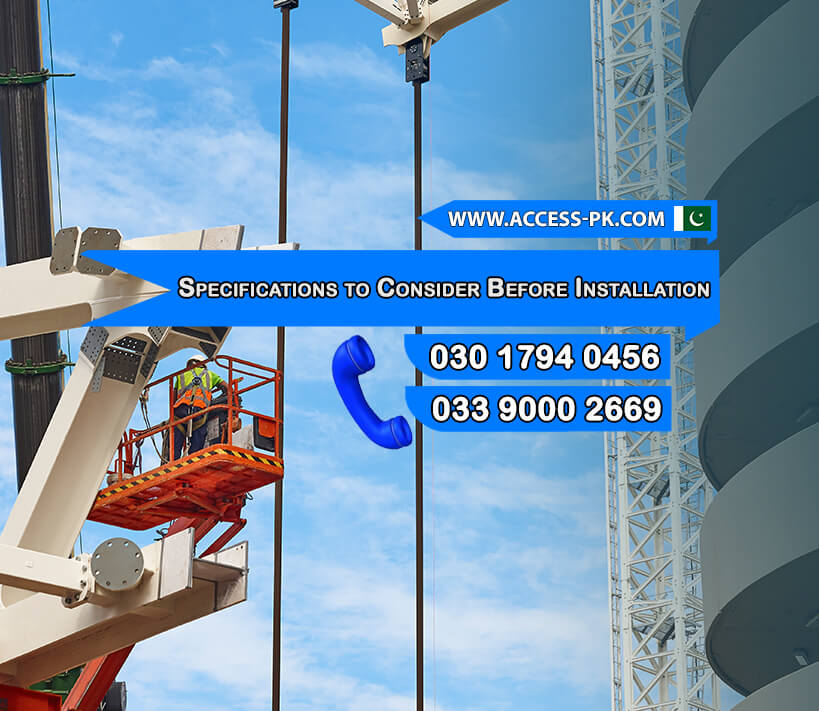
Before installing a customized material lift, consider several key specifications to ensure optimal performance. Match the load capacity with the weight of the materials you plan to move, and choose a platform size that fits the specific dimensions of the transported items. Determine the appropriate lift height and travel distance to ensure smooth operation within your space. Assess the lift’s speed for efficient handling and verify that the power requirements align with your facility’s electrical system. Evaluate space availability and structural requirements to ensure the lift fits your site’s layout and complies with safety standards, supporting smooth installation and long-term functionality.
Choosing the Right Lift Type for Your Needs
Choosing the right lift type for your needs is crucial for optimizing material handling efficiency in warehouses and industrial settings. Consider load capacity, platform size, and travel height when selecting a lift. For heavy-duty lifting, hydraulic lifts or mechanical chain-driven lifts are ideal. If space is limited, scissor lifts work well in confined areas. Material lift installation for industrial use often includes Vertical Reciprocating Conveyors (VRCs) or Automated Vertical Lift Modules (VLMs) for efficient, automated transport, improving workflow and safety.
Evaluating Available Space for Installation
Evaluating available space for installation is a crucial step in ensuring the success of your material lift system. Material lift installation for industrial use requires careful assessment of the facility’s layout, including ceiling height, floor space, and clearance around the lift. The lift platform dimensions must align with the available space, and you should consider any obstructions or structural limitations. The area around the lift should also allow for safe loading and unloading. Proper space evaluation ensures the lift operates efficiently, preventing potential delays or safety risks. It also helps determine the ideal type of lift, whether a compact scissor lift or a larger system like Vertical Reciprocating Conveyors (VRCs).
Budget Considerations for Customized Solutions
Budget considerations play a significant role in selecting the right solution when planning for material lift installation for industrial use. Customized lifts can vary in price depending on load capacity, lift height, and the type of system (e.g., hydraulic, scissor, or mechanical). Balancing initial installation costs with long-term benefits, including efficiency gains and reduced labor costs is crucial. Ensuring that the lift fits within your budget while meeting operational needs can provide a cost-effective, tailored solution for your business.
Benefits of Installing Customized Lifts in Warehouses
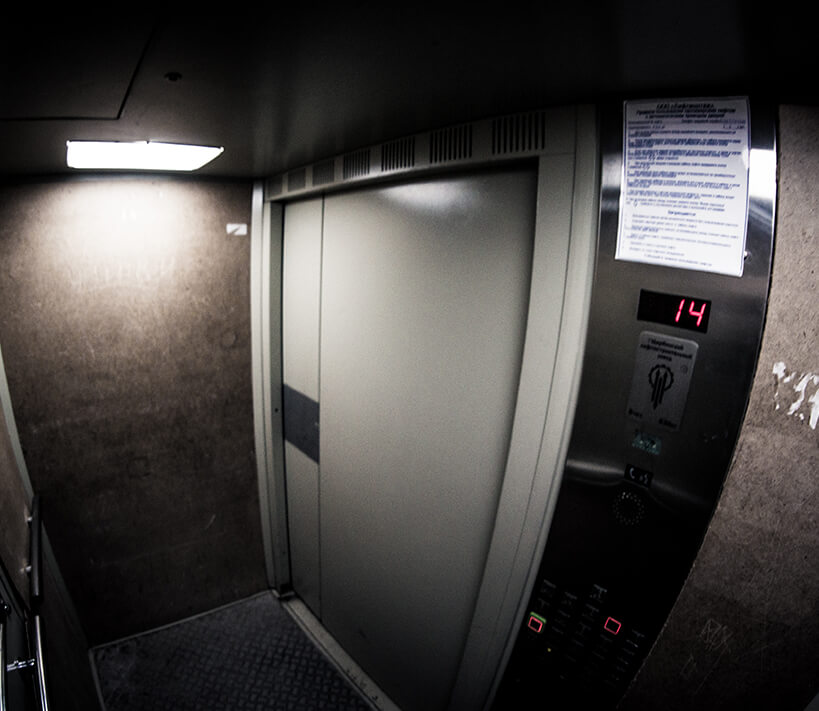
Installing customized lifts in warehouses offers numerous benefits that enhance efficiency, safety, and workflow. These lifts are tailored to fit each facility’s unique requirements, including load size, lift height, and space constraints. Material lifts installation for industrial environments ensures goods’ smooth and reliable movement between levels, reducing manual handling and minimizing the risk of workplace injuries. Customized lifts also optimize vertical space, allowing warehouses to store more inventory without expanding the footprint. Additionally, they improve operational speed, reduce downtime, and can be integrated with automated systems for even greater productivity. By aligning the lift design with specific warehouse needs, businesses gain a long-term, scalable solution that supports growth, maximizes space, and enhances overall operational performance.
1- Enhanced Efficiency and Space Utilization
Material lift installation for industrial settings is key in enhancing efficiency and space utilization within warehouses. Customized lifts allow for faster, more organized movement of goods between levels, reducing reliance on manual labor and increasing productivity. By using vertical space better, these systems free up valuable floor area for other operations or storage. Whether transporting pallets, containers, or heavy equipment, customized material lifts streamline workflow and help businesses maximize their available warehouse space.
2- Improved Worker Safety and Operational Flexibility
By reducing the need for manual lifting and repetitive strain activities, these lifts help minimize workplace injuries and ensure compliance with safety standards. Material lift installation for industrial use also enhances flexibility by allowing operations to adapt quickly to changing demands, such as increased load sizes or workflow changes. Manufacturers can tailor customized lifts with safety features like enclosed platforms, interlocking gates, emergency stops, and non-slip surfaces to further protect workers. They can also integrate these lifts into automated systems, providing greater operational control and boosting efficiency. With the right design, material lifts support a safer work environment and a more adaptable, future-ready operation.
Conclusion
Imran Rafi is a recognized professional in Customized Material lift installation for Industrial and Warehouse Use, known for delivering tailored lifting solutions that enhance operational efficiency and safety. With a strong background in industrial automation and material handling systems, he has led numerous successful projects involving designing and implementing customized lifts. Imran emphasizes understanding each facility’s unique requirements to optimize every installation for load capacity, space utilization, and workflow efficiency. His expertise extends to integrating advanced lift technologies, such as hydraulic systems, VRCs, and automated modules, into complex warehouse environments. Imran Rafi’s commitment to quality, precision, and innovation has made him a trusted name in the material handling industry.
Access Technologies is a leading provider of Customized Material Lifts Installation for Industrial and Warehouse Use. They offer innovative and reliable solutions tailored to meet modern facility needs. Focusing on safety, efficiency, and space optimization, Access Technologies designs and installs various material lifts, including Vertical Reciprocating Conveyors (VRCs), hydraulic lifts, scissor lifts, and automated vertical lift modules. Their expert team conducts site assessments to customize each lift system based on operational demands, load requirements, and structural layout. Known for quality craftsmanship and industry standards compliance, Access Technologies helps businesses improve workflow, reduce manual labor, and optimize vertical space. Their solutions support long-term growth and operational excellence across various industries.


